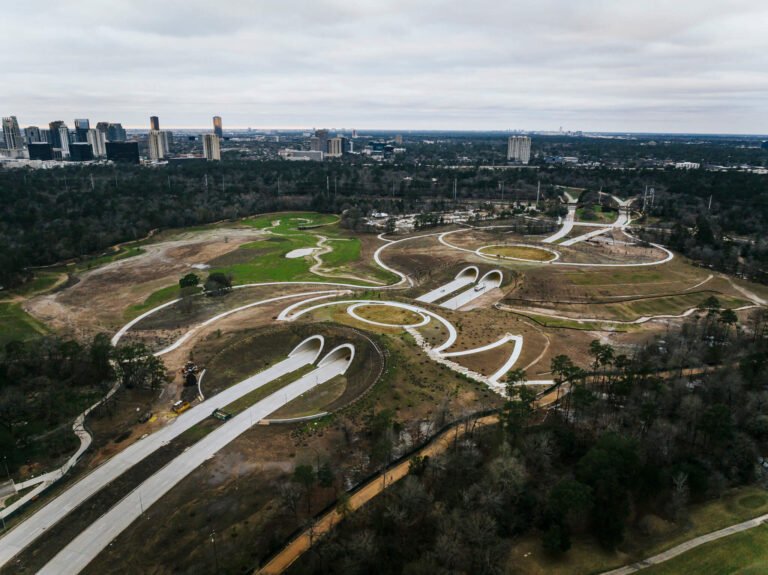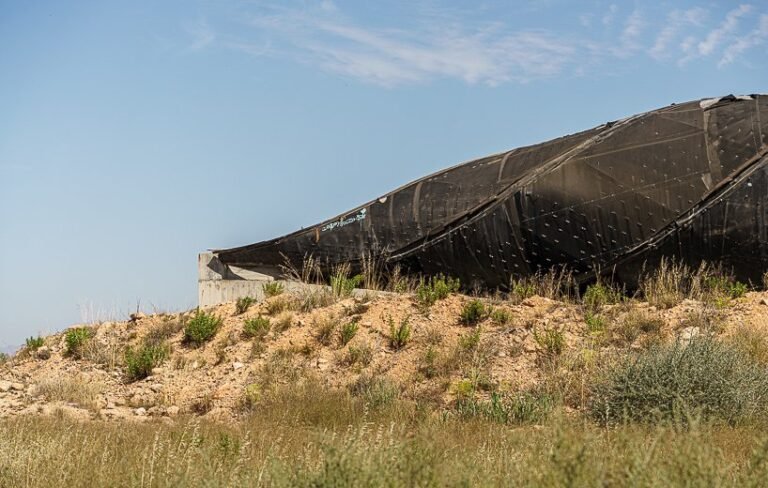Every day digest: India will tax cryptocurrency to pay for infrastructure, Texas stares down a winter storm, and extra
Good afternoon and welcome back to another news roundup. As much of the U.S. prepares for another deluge of extreme winter weather, will Texas be ready this time or will the same crisis of governance that played out last winter repeat itself?
Here’s what you need to know:
India will tax cryptocurrency to shore up infrastructure spending
With the Indian economy still flagging under COVID, Prime Minister Narendra Modi has put forth an ambitious infrastructure package that includes $2.7 billion for new highways and $6.4 billion for affordable housing. Major boosts to solar power and 400 new electric trans have also been promised, and the government is looking to make up some of the cost by imposing a new 30 percent income tax on cryptocurrency.
H/t to ABC News
With a major winter storm bearing down on Texas, will the power grid hold this time?
Two-thousand miles of icy winter weather is staring down the U.S. at the time of writing, with inches, if not feet, of snow expected from Colorado to the Midwest. But the biggest question is that, if one year after major power outages hit Texas and knocked its famously isolated electrical grid offline, the state can avoid repeating the mistakes of 2021.
According to Gizmodo, Governor Greg Abbott said that the state can’t guarantee that there won’t be power outages, about a month after he promised that that wouldn’t be the case. While the temperatures won’t get as low as they did last February or stay that way for as long, heavier snow and ice could still disrupt physical power lines rather than presenting the overdrawn grid and natural gas shut-offs we saw last time.
H/t to Gizmodo
Cornell University is drilling a 10,000-foot hole to kick off its geothermal plans
Speaking of energy, come May 2022, Cornell University will begin its plans to drill a 10,000-foot-deep hole on its Ithaca campus as the first phase of its Earth Source Heating project. As part of the university’s plan to get the campus to carbon-neutral by 2035, the Earth Source Heating project will hopefully provide the school’s academic buildings with geothermal heating and cooling. The hole—named the Borehole Observatory—will help determine how much geothermal heat can be extracted and whether it’s sufficient for the school’s needs.
H/t to The Cornell Daily Sun
A Paul Rudolph home is sold ten months after being listed as an NFT
Ten months ago, AN reported on the curious case of the Edersheim Residence at 862 Fenimore Road in Larchmont, New York, a home heavily modified by Paul Rudolph in 1982, ’89, and ’91 that was up for sale as the first real-world real estate NFT. After a gut renovation in 2020 that modernized the house and added solar panels, geothermal generation, more efficient windows, and improved wall insulation, the 9,000-square-foot home was listed for $6.4 million that August by Houlihan Lawrence.
It failed to sell, and to drum up interest, the real estate agency then listed the historic house as an NFT on crypto art marketplace OpenSea (but with actual homeownership rights attached, not just a jpeg of the house).
Now the house has finally sold, according to the nonprofit Paul Rudolph Heritage Foundation, but details remain scant. OpenSea doesn’t report a sale, and both the Paul Rudolph Heritage Foundation’s site with details and the one made for the Edersheim Residence to show off the renovation and lure in prospective buyers have been deleted.
Jeff Bezos’s National Air and Space Museum gift came with unusual naming rights
Amazon founder and billionaire Jeff Bezos gifted the Smithsonian $200 million for a National Air and Space Museum overhaul in July of last year, and now new details have come to light about special concessions that the institution made to seemingly see the deal along. $70 million of that total will go towards the $1 billion renovation underway at the 45-year-old museum, and the remaining $130 million is going toward the creation of the Bezos Learning Center, which will provide educational opportunities for students in STEAM fields.
According to Hyperallergic, the agreement between Bezos and the Smithsonian lacks a “morals clause,” a common out that would allow the institution to remove Bezos’s name from its buildings in the future if he did anything that tarnished his public image. Bezos’s name will appear in three places on the Bezos Learning Center for the next 50 years, even though the Smithsonian purposefully limited naming rights to only 20 years in 2011.
H/t to Hyperallergic




